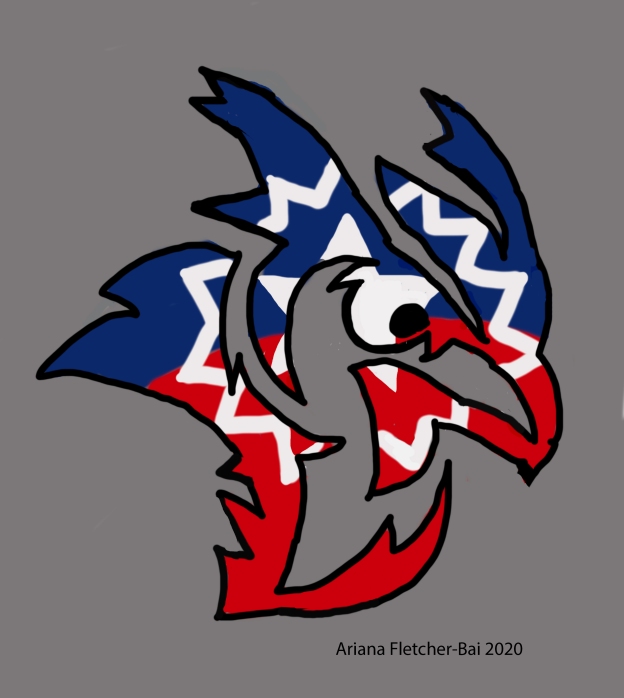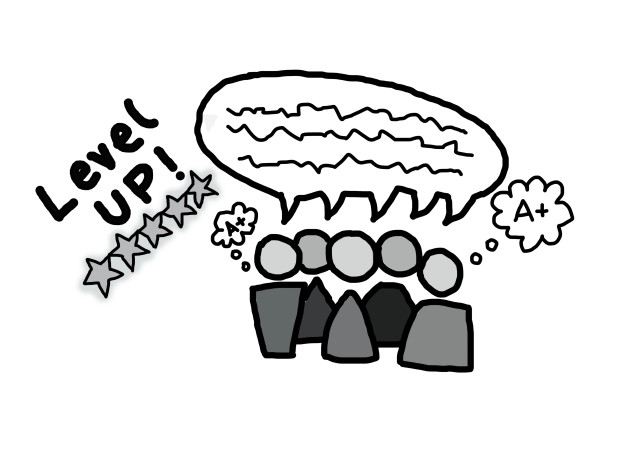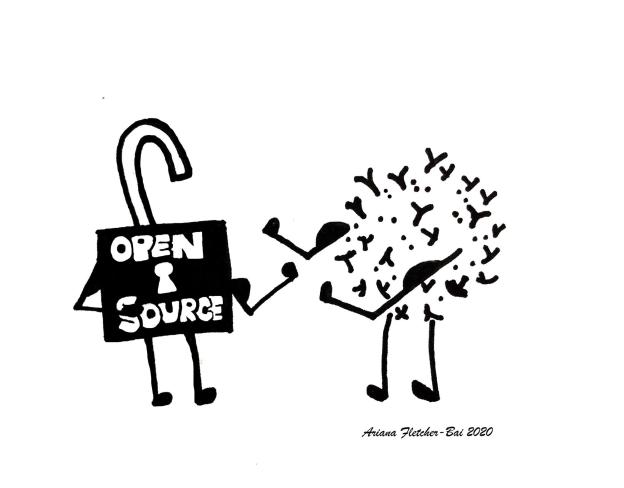On this MLK Day, I look back at Rice University’s Juneteenth lecture series from last year (June 2020), and provide links to the talks themselves. This lecture series at Rice (which Rice intends to do annually) was meant to reflect, learn, and begin a conversation on how to build a more diverse, equitable and inclusive community at Rice and beyond. The included talks cover reflections on racial and residential patterns in Houston ISD schools, rates of intermarriage and health patterns in places with high historical rates of enslavement, the journalistic practices in covering BlackLivesMatter protests, Texas’ slavery history, as well as how to reduce racism and bias in the work place.
Some of my takeaways:
- Dr. Alexander Byrd asked “Is it racist to ask the question, ‘Is this school too Black’?” and concluded that it is, but asking questions about where faculty live relative to students and whether faculty reflect the student body or the wider city diversity and how those patterns have changed over time can help uncover patterns that promote or harm equity.
- The neighborhoods and counties in the south with the most enslavement have the least inter-racial marriage and continue to have higher rates of adverse health like amputations from diabetes.
- The media is covering the Black Lives Matter movement more now than they did after Michael Brown’s killing in Ferguson, but public opinion punishes protesters when the media focuses on violence no matter who perpetrates the violence.
- Slavery was expanding in Texas before and during the civil war, in contrast to the way Texas history was taught in the past, downplaying the role of slavery in Texas.
- Emerging research shows that anti-bias training and ally training can work to improve organizational climate, especially if people take the perspective of someone unlike themselves, and create and write goals for themselves.
Juneteenth has passed, but the relevance of these issues have not, and I figured readers may have missed them. What better day than today to take the opportunity to revisit, review, and reflect.
I took a few notes on the lectures that I saw in this post, which may help you decide what to dig into. I did not see all of them, so not all have notes. I include links directly to each of the talks and in a few places, I include links to resources that were mentioned in the talks.
Original Announcement: Reflections on Juneteenth
Session 1: Youtube (Byrd, Bratter, Walligora-Davis)
| Introduction: Dr. Reginald DesRoches, Rice University Provost |
| Race, Schools, and Freedom Now Dr. Alexander Byrd, Associate Professor of History, Associate Dean of Humanities Dr. Byrd asked “Is it racist to ask the question, ‘is this school too black’?”. He then brings more context to the question by looking at the residential and racial composition of students and faculty at three Houston high schools (Bellaire, Yates, and Austin) of both students and faculty, and how that has changed from 1950s to 2012 and 2019. And then he asks how those residential and racial patterns influence the community and power networks available to those schools. He concludes that the question IS racist, but the contextual analysis can help uncover potential patterns that would be more equitable. |
| Reflecting on the Lessons of Juneteenth: Racial (In)Justice And the Role of Place Dr. Jenifer Bratter, Professor of Sociology, Director, Race Scholars at Rice Dr. Bratter studies the rates of intermarriage in order to shed light on race relations and continuing race effects across the U.S. Her data show patterns across the US. You can map trends onto counties with the highest number of enslaved people and see clear patterns. For instance – very low rates of intermarriage are correlated with high rates of past enslavement. Her data can also be used to look at trends in health. High rates of amputation due to diabetes are also highly correlated with those same counties that had high rates of enslavement. The point she made is that effects of slavery can be seen very clearly and directly. |
| Black Records: Race and Criminal Justice under Jim Crow Dr. Nicole Waligora-Davis, Associate Professor of English |
Session 2: Youtube: (Torres, McDaniel, Sidbury)
| Framing a Protest: The Determinants and Impact of Media Coverage Dr. Michelle Torres, Assistant Professor of Political Science Dr. Torres analyzes news coverage of events. Both liberal and conservative news sources are covering the Black Lives Matter protests at a higher rate than they covered earlier protests (Fergusen for example). The coverage, however, differs in depiction of the magnitude of the protests. Liberal leaning coverage is more likely to show images of the magnitude of the protest and this is associated with more positive views of the protesters. Depictions of violence, no matter whether the violence comes from protesters or authorities negatively impacts perception of the protesters. |
| Slavery Before and After Juneteenth Dr. Caleb McDaniel, Mary Gibbs Jones Professor of Humanities Dr. McDaniel gave a succinct history of Texas during the civil war and local history nearby. Slavery was expanding in Texas and continued throughout the civil war. Slavery history was not taught in schools this way. He pointed toward the convict leasing and labor project and the Sugarland 95 (which is a mass grave recently uncovered). He also said that Emancipation Park was purchased originally by formerly enslaved people, but then ceded to the city and resegregated. Resources mentioned: Convict Leasing and Labor Project https://www.cllptx.org |
| Urgency and Patience on this Juneteenth Dr. James Sidbury, Professor of History, Andrew W. Mellon Distinguished Professor of Humanities Resources mentioned: * Dr. Martin Luther King’s letters from a Birmingham jail Martin Luther King, Jr., Research and Education Institute * ALABAMA CLERGYMEN’S LETTER TO DR. MARTIN LUTHER KING, JR. (from the wayback machine) * Supreme Court Decision Grutter v. Bollinger – Whether the use of race as a factor in student admissions by the University of Michigan Law School is unlawful GRUTTER V. BOLLINGER * Video recordings of police brutality GeorgeFloyd Protest – police brutality videos on Twitter |
Special Guest Speaker Youtube: (Matthews)
| A conversation on the significance of Juneteenth with Captain Paul J. Matthews, Founder and Chairman, Buffalo Soldiers National Museum Moderator: Dr. Roland B. Smith, Jr., Associate Provost, Adjunct Professor of Sociology |
Session 3: Youtube (King, Hayes, Hebl)
| The Need for Psychological Change and Anti-Racism for Effective Organizations Dr. Danielle King, Assistant Professor of Psychological Sciences Dr. King studies resilience in the workplace and advises on diversity and inclusion. She said that there are no quick and easy fixes because ‘denial is the heartbeat of racism’, and she talked about the need for safe places for healing from racism and the effects of microaggressions. |
| A Bill of Rights for Whom? Racial Bias and the Second Amendment Dr. Matthew Hayes, Assistant Professor of Political Science |
| How Individuals and Organizations can Reduce Racism Dr. Mikki Hebl, Martha and Henry Malcolm Lovett Chair of Psychology, Professor of Management Dr. Hebl gave pointers to workplaces that are doing a good job of Diversity, Equity, and Inclusion (DEI) and gave suggestions of approaches. * Conduct an organizational needs analysis * Get leadership buy in and participate * Remove ‘fit’ from hiring criteria * Use resumes with names/gender removed * Create structured interviews and rubrics for hiring The following questions and Dr. Hebl’s answers are from a follow up rebroadcast of this lecture as part of a series by the Rice architecture department. Q: How do you measure success after recruitment? A: Use the ASA model: Attraction, Selection, and Attrition. Once people are recruited and selected, they may cover up how they are really feeling and then feel that they can’t be their authentic selves. To combat this, she recommends surveying and conducting focus groups to understand what BIPOC folks at your organization need to be successful. Typically that involves ‘listening’, ‘amplifying voices’, and providing mentors and sponsors. Q: What research is there on the effectiveness of bias training? Dr. Hebl answered with techniques shown to be effective in research: Ask people to set goals – Bias training alone isn’t necessarily effective. It is important that managers receive training, not just new hires. Asking training participants to set personal goals about how they will be anti-racist leads to behavior change and eventually attitude change. Goal setting might include things like not laughing at inappropriate jokes, attending an orientation, etc. Ask people to write from another’s perspective. Ask people to write from the perspective of others – “What would it be like to be a Black person at this place?” Writing with the perspective of another shifts attitudes more quickly. Ally training can help shift perspectives: Based on some of Dr. Hebl’s research with the University of Houston: In particular, White people often do not notice behaviors that undermine their minority colleagues. That might be because it is outside their zone of experience, or they don’t see the behaviors as significant because when they do see them, they aren’t seeing the accumulation of those experiences. Ally training can shift those perspectives. Resources mentioned: * Ben and Jerry’s website * Organizations Cannot Afford to Stay Silent on Racial Injustice from MIT Sloan Review * Is Your Company Actually Fighting Racism, or Just Talking About It? Harvard Business Review Help people figure out how to talk to each other about race, especially White leaders and supervisors who struggle to communicate about what their company is doing Determine how progress will be tracked * Diversity & Inclusion at MD Anderson * How to Conduct a Training Needs Assessment * Diversity Training Needs Assessment * Harvard Business Review: Fear of Being Different Stifles Talent |





